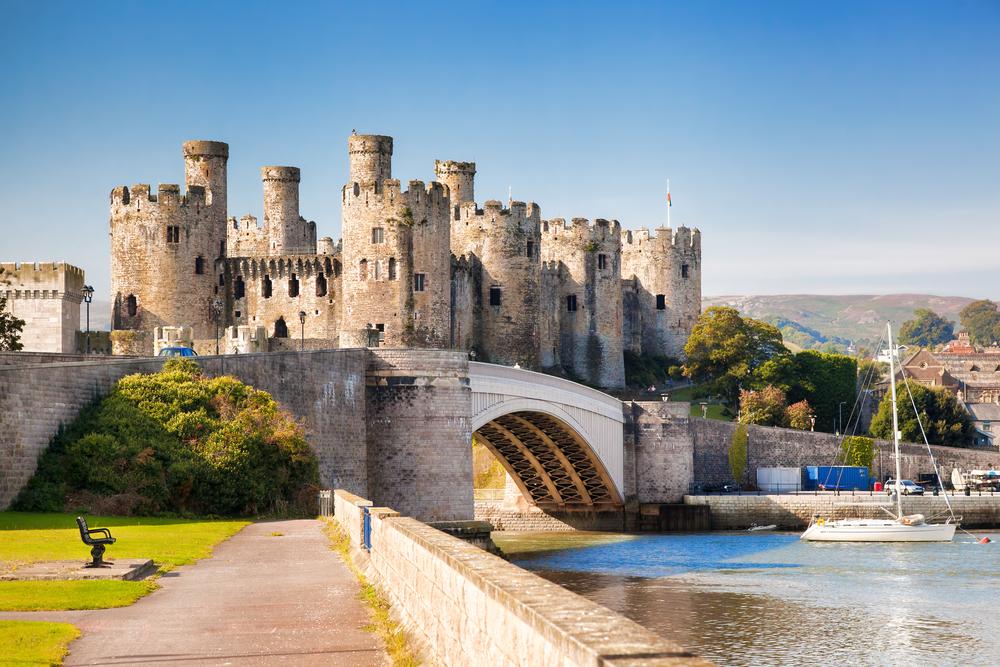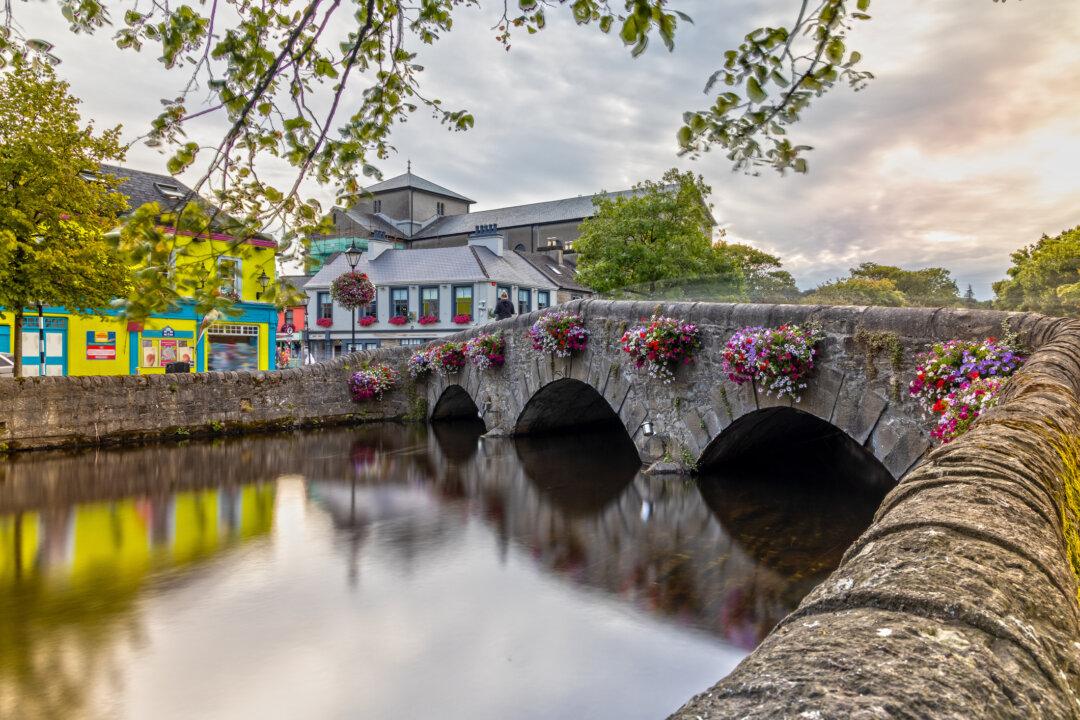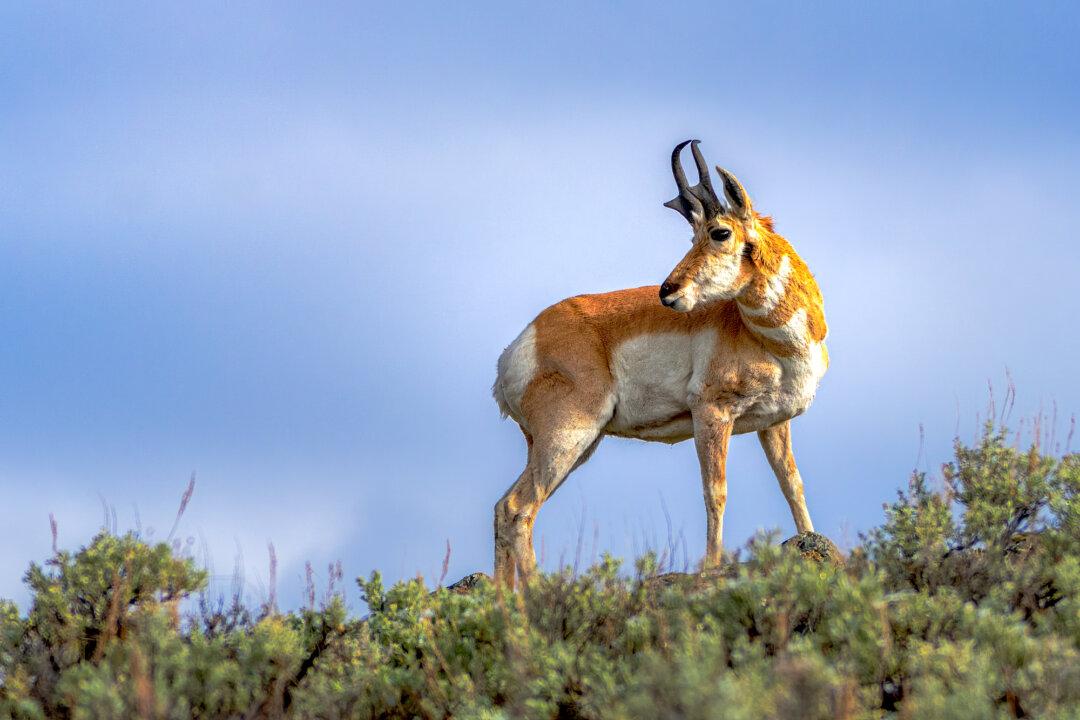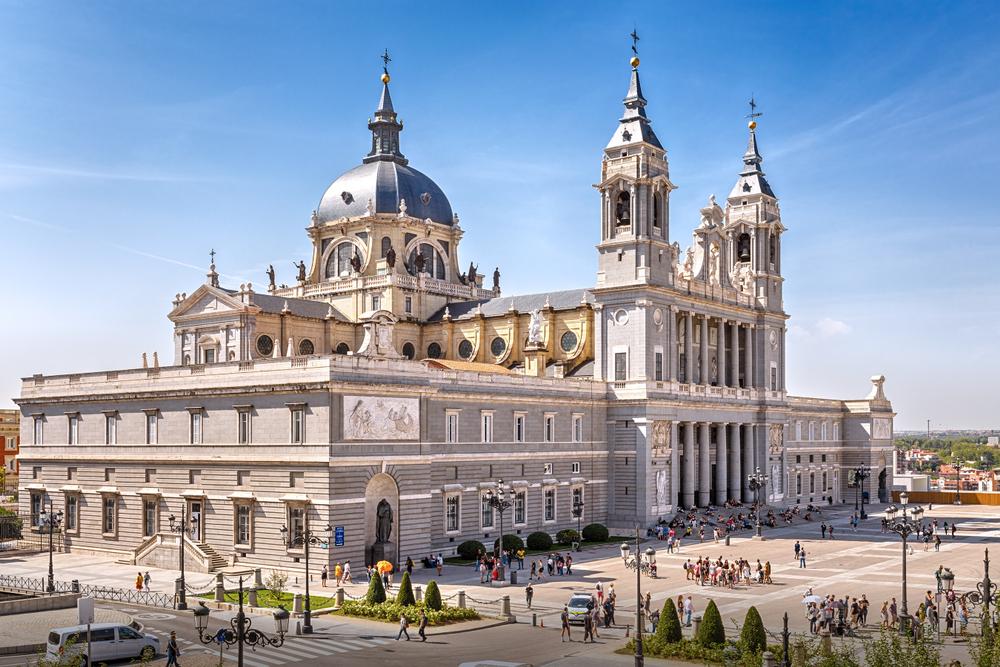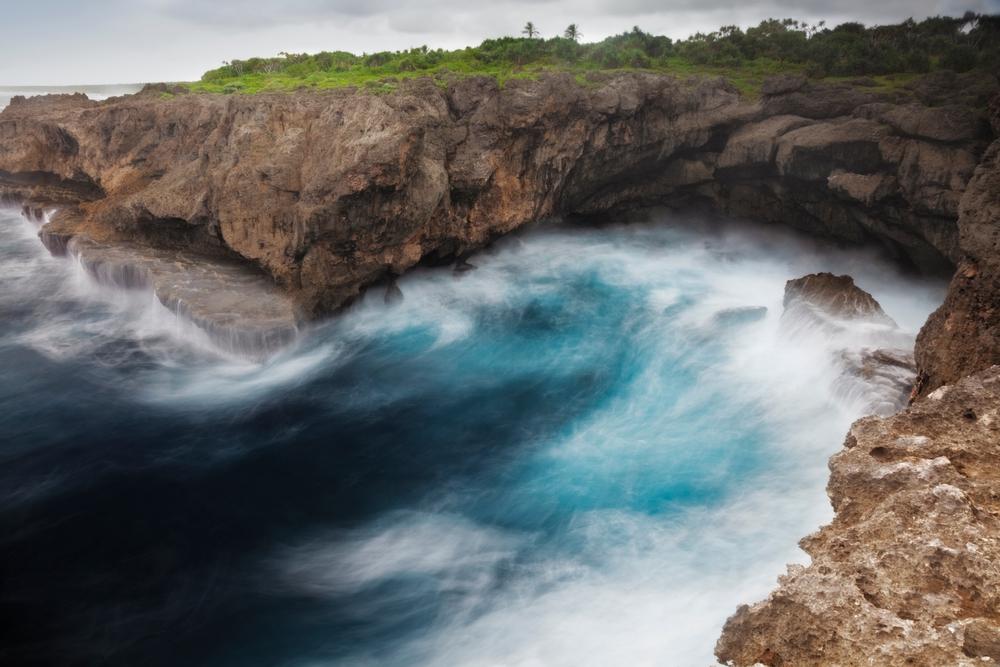That slight drizzle that the Welsh prefer to call “mist” didn’t bother us at all as we walked about the tiny village of Beddgelert, Wales.
Wales may often be “misty,” but it’s also delightful—and Beddgelert is a good example of what makes it so. This village of only 300 people is exactly the sort of place for which the much-overused word “quaint” was invented.

